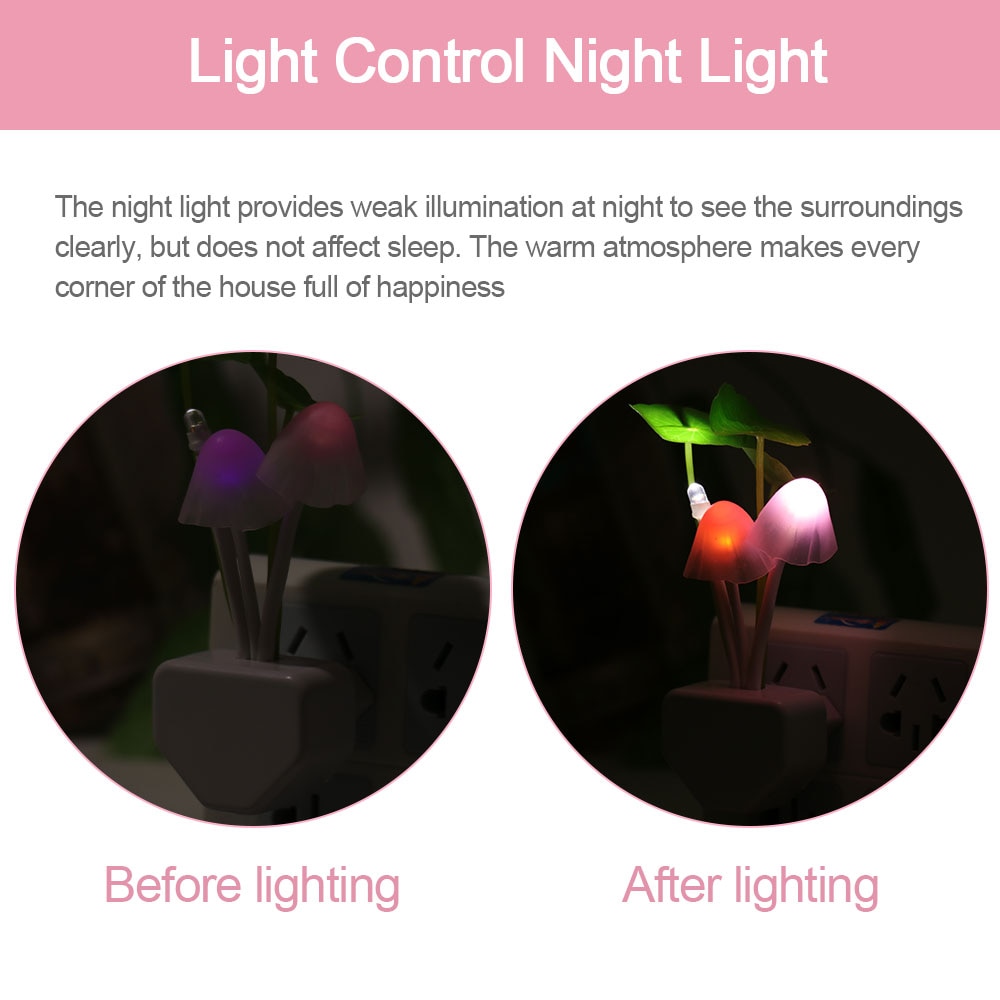Understanding What Color Lights Attract Bugs: A Comprehensive Guide to Outdoor Lighting Choices
#### What Color Lights Attract Bugs: An In-Depth AnalysisWhen it comes to enjoying a peaceful evening outdoors, one of the most frustrating aspects can be t……
#### What Color Lights Attract Bugs: An In-Depth Analysis
When it comes to enjoying a peaceful evening outdoors, one of the most frustrating aspects can be the presence of bugs. Many people find themselves asking, **what color lights attract bugs**? This question is crucial for anyone looking to minimize insect activity while maximizing their enjoyment of outdoor spaces. In this guide, we will explore the relationship between light colors and bug attraction, providing insights that can help you make informed decisions about your outdoor lighting.
#### The Science Behind Bug Attraction to Light
Bugs, particularly moths and other flying insects, are drawn to light due to a phenomenon known as phototaxis. Many insects use natural light sources for navigation, and artificial lights can confuse them, leading to an increase in their presence around illuminated areas. However, not all lights are created equal when it comes to attracting these pests.
#### What Color Lights Attract Bugs: The Findings
Research indicates that certain colors are more attractive to bugs than others. Generally, insects are drawn to ultraviolet (UV) light, which is emitted by many white and blue lights. In contrast, yellow and amber lights tend to attract fewer bugs. This is because these warmer colors emit less UV radiation, making them less appealing to insects.

- **White and Blue Lights**: These colors are highly attractive to a variety of bugs, including moths, beetles, and flies. If your goal is to minimize bug presence, it's best to avoid these types of lighting.
- **Yellow Lights**: Many outdoor enthusiasts have found that using yellow bug lights can significantly reduce the number of insects attracted to their outdoor spaces. These lights are often marketed specifically for bug reduction and are a popular choice for patios and decks.
- **Amber Lights**: Similar to yellow lights, amber lights are less attractive to bugs and can provide a warm ambiance without drawing in unwanted pests.
#### Additional Factors to Consider
While color is a significant factor in bug attraction, it’s not the only one. The type of bulb and the brightness of the light can also play a role. For example, LED lights tend to emit less heat than incandescent bulbs, which can also influence bug behavior. Additionally, the intensity of the light can affect how far it reaches and how many insects it attracts.

#### Practical Tips for Outdoor Lighting
1. **Choose the Right Color**: Opt for yellow or amber lights to reduce bug attraction. Consider using LED options that emit these colors.
2. **Strategic Placement**: Position your lights away from areas where you gather, such as dining spaces or seating areas, to minimize insect encounters.
3. **Limit Brightness**: Use lower wattage bulbs to decrease the intensity of the light, which can also help reduce bug attraction.
4. **Consider Motion Sensors**: Using motion-activated lights can limit the time that lights are on, thereby reducing the chances of attracting bugs when you’re not around.

5. **Maintain Cleanliness**: Regularly clean your outdoor areas to remove any food sources or standing water that might attract bugs, regardless of your lighting choices.
#### Conclusion
Understanding **what color lights attract bugs** can significantly enhance your outdoor experience. By making informed choices about your lighting, you can create a more enjoyable environment free from the annoyance of pesky insects. Whether you’re hosting a summer barbecue or simply relaxing on your porch, the right lighting can make all the difference in keeping bugs at bay. Embrace the science behind bug attraction and enjoy your outdoor spaces to the fullest!